The used electric vehicle market is booming thanks to the improvement of charging infrastructure and lower ownership costs than new cars. But unlike gasoline cars, the value of an electric vehicle depends largely on the condition of the battery, software and charging capacity. A smooth-running car can still pose risks if the battery is worn out, the warranty is about to expire or the charging accessories are not synchronized.
This article summarizes a set of important criteria to check before buying a used electric vehicle, focusing on the battery, operating range, electric-smart features, charging accessories and maintenance records.
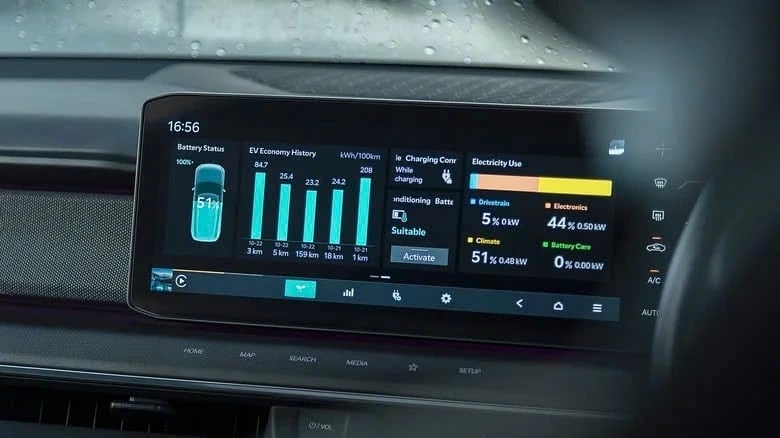
Battery is the “heart”: measure SoH before paying
The battery is the most expensive part and degrades over time. Ask for a State of Health (SoH) report to see how much capacity you have left compared to when you first started. A practical test: Charge to 100% and compare the estimated range to the published range for a new car of the same model. A slight decline of about 2% is normal; a car with 80% or more of its capacity is preferred, a threshold generally accepted by manufacturers.
If the car is still under warranty, the battery is a big advantage (usually 8–10 years or 100,000 miles). According to Geotab’s study of 10,000 electric cars, the battery can last 15–20 years with an average degradation rate of about 1.8%/year. This number is only for reference because it depends on the ambient temperature, charging habits and battery management software.
Scope of operations: published and actual figures
Range per charge is a direct reflection of battery health. New cars today can exceed 400 miles per charge; models like the Lucid Air claim up to 750 miles. When you test drive a car, compare its estimated range to its original specifications to spot unusual drops.
Quantify your needs: according to the US Department of Transportation , most people drive less than 40 miles a day. If you travel long distances, avoid models with low range (like the Fiat 500e). Also consider charging infrastructure in your area to ensure long-term use.
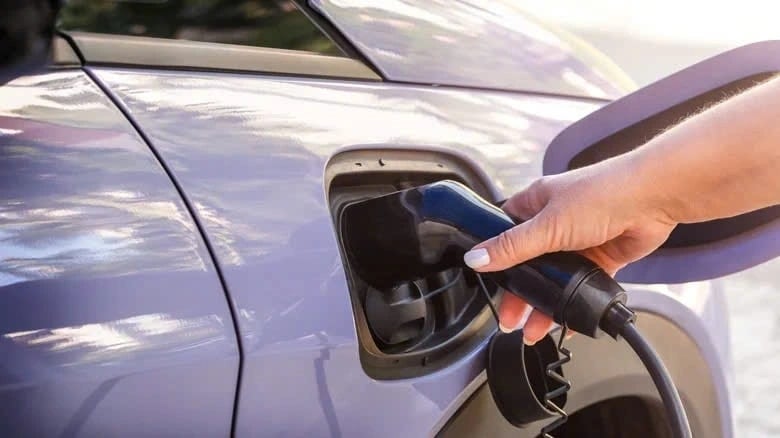
Features and driving experience: test before signing the contract
Electric cars have a lot of unique features. Try them all: the front trunk (frunk) if available, the USB ports, the mode switch and the car's response when changing modes. Ask for a demonstration of the automatic parking or steering assist feature to assess the system's stability. With premium packages, note: if it's Level 3, it's not fully autonomous; the driver must be ready to intervene when needed and activation is subject to local regulations.
In terms of driver assistance, check systems like adaptive cruise control (ACC), Stop & Go, lane keeping, and blind spot monitoring; if the car has radar and lidar sensors, make sure they are working consistently. Experience regenerative braking is also important: the system’s adaptability directly affects driving feel and fuel efficiency. For vehicles that support Vehicle-to-Load charging from brands like BYD, Kia, Nissan, or Ford, try charging a small device to confirm the functionality.
Chargers and accessories: don't miss out on the small but expensive items
Once the battery is plugged in and running, check the charger that came with it. A Level 1 charging cable typically uses a household outlet, rated at around 1.3–2.4 kW. Some cars come with a Level 2 cable (requires a wall charger), which, if in good working order, can save you a significant amount of money on a new one. Don’t forget to test the portable charger, to ensure it’s transferring a safe and stable current.
Take a close look at the cable: if it is cracked, peeled, or worn, replace it for safety. Check that the charging port cover is still tightly sealed to protect against dust and moisture.
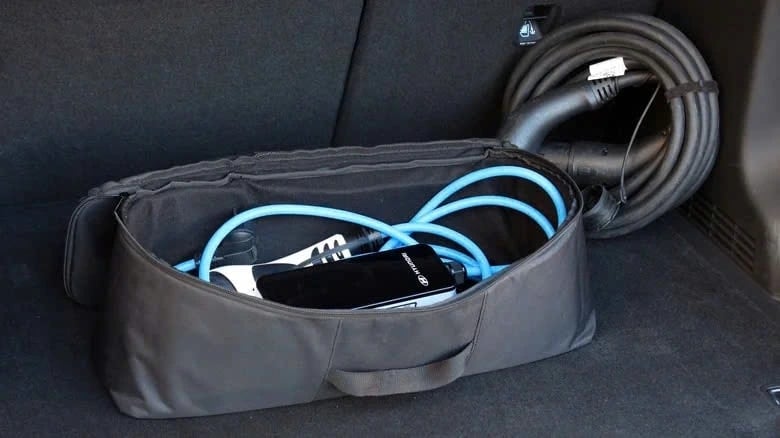
Maintenance and history records: don't let “low maintenance” keep you down
Electric vehicles have fewer moving parts, but still require regular maintenance: checking sensors, batteries, brakes, updating software, changing filters. Many owners are complacent, causing hidden wear and tear that is difficult to detect early. When buying, ask for a complete maintenance record, clearly stating what was replaced and when; check tire rotations and alignment to maintain grip and performance.
If possible, have an authorized dealer or certified facility inspect the vehicle before purchase – this step could save thousands of dollars in repairs down the road. Keep in mind that vehicle repair costs in the US have increased more than 15% over the same period, due to older vehicles and scarce parts and labor.
Quick Check Criteria Summary Table
| Category | Should have | Key Notes |
|---|---|---|
| State of the Battery (SoH) | ≈ 80% or more | Compare estimated range after 100% charge with original specifications |
| Battery warranty | 8–10 years or 160,000 km | Warranty is a cost-risk advantage. |
| Natural decline | ≈ 1.8%/year | According to Geotab research; depends on usage conditions |
| Scope of operations | Slight reduction ≈ 2% | If the degradation is large, consider replacing the battery or choosing another vehicle. |
| Charging accessories | L1 cable 1.3–2.4 kW; can be accompanied by L2 | Test the mobile charger; check the cable and charging port cover |
| ADAS and features | ACC Stop & Go, parking, V2L (if available) | Real-world demonstration required; Level 3 not fully autonomous |
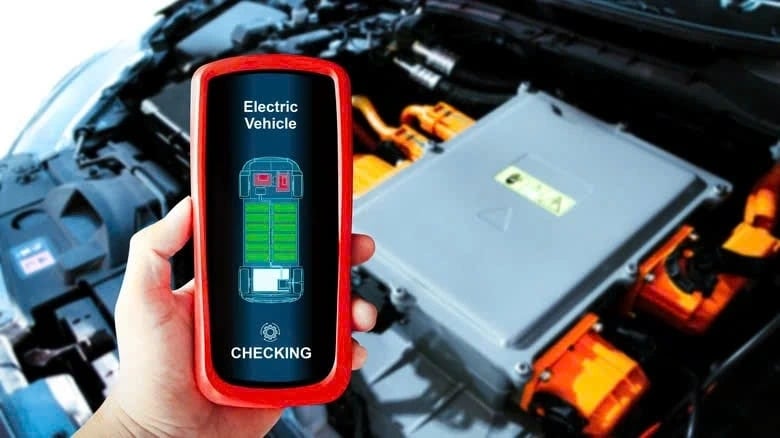
Use value and demand positioning
Consider your commute frequency, charging habits, and local infrastructure. If you typically commute less than 40 miles per day, a medium range should suffice. Long-distance commuters should prioritize models with long ranges and convenient charging networks; avoid low-range models for cross-city purposes.
Conclusion: choose the right car, optimize costs
Buying a used electric car is a smart economic choice if you check the right things: SoH and battery warranty, operating range, electric-smart features, charging accessories and maintenance records. An independent pre-purchase inspection will help “filter” expensive risks, ensuring an effective and safe investment in the long term.
Source: https://baonghean.vn/xe-dien-da-qua-su-dung-huong-dan-kiem-tra-chi-tiet-10308694.html



![[Photo] Award Ceremony of the Political Contest on Protecting the Party's Ideological Foundation](https://vphoto.vietnam.vn/thumb/1200x675/vietnam/resource/IMAGE/2025/10/22/1761151665557_giaia-jpg.webp)
![[Photo] Da Nang: Shock forces protect people's lives and property from natural disasters](https://vphoto.vietnam.vn/thumb/1200x675/vietnam/resource/IMAGE/2025/10/22/1761145662726_ndo_tr_z7144555003331-7912dd3d47479764c3df11043a705f22-3095-jpg.webp)

![[Photo] Prime Minister Pham Minh Chinh chairs meeting on nuclear power plant construction](https://vphoto.vietnam.vn/thumb/1200x675/vietnam/resource/IMAGE/2025/10/22/1761137852450_dsc-9299-jpg.webp)

















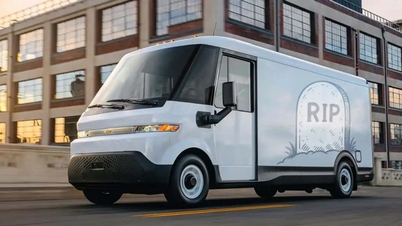
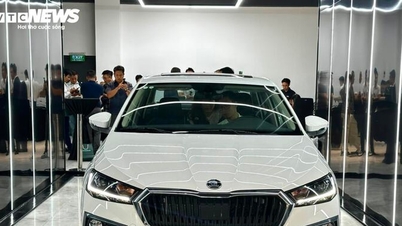










































































Comment (0)